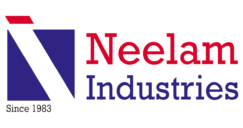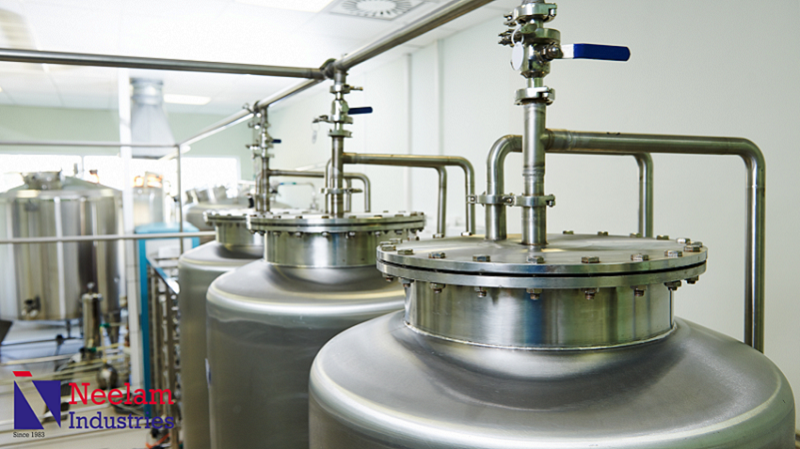You simply cannot operate in any hygienic industry—including the pharmaceutical manufacturing sector—without efficient, superior CIP systems. All of your investment in the most advanced purified water generating systems, heat exchangers, and process vessels will be in vain if your CIP systems don’t function properly. This is why, it is imperative that you have the right CIP and SIP systems manufacturer. Of course, there is a reason why CIP systems don’t always work as planned: occasionally, the expense of CIP systems is seen as a barrier to profitability.
Pharmaceutical industry experts view clean in place systems as the absolute minimum requirement, rather than a luxury. Of course, you can get by without them, but not if you want to produce pharmaceuticals quickly, cheaply, and with the highest possible quality. Consider the investing in top CIP and SIP systems manufacturer as an investment in your company’s performance and the health of your clients, rather than as an additional expense.
What is CIP?
In the pharmaceutical industry, sterility is a must. Different products have different criteria for sterile manufacture; for example, parenterals such as vaccines and enzymes have far higher requirements than oral solid doses. However, the cornerstone of manufacturing safe pharmaceutical items is always thoroughly cleaning and sterilizing your equipment.
Approximately a century ago, pharmaceutical companies would have depended on workers to disassemble equipment, sanitize and reassemble it in preparation for the subsequent pharmaceutical manufacturing cycle. However, as you can imagine, that was a very laborious process—not to mention the potential for pollutants to enter the system during reassembly.
But a revolution started in the 1950s. Clean in place, or CIP, systems started to proliferate. They were able to guarantee better compliance with international norms, decreased downtime, lower water and detergent usage for cleaning, much less tiresome manual labor, and significantly fewer dangers for industrial workers when paired with SIP, or sterilization in place technologies.
The Process
Cleaning agents are prepared and delivered to all equipment, such as storage tanks, compounding vessels, piping systems, and other pieces of machinery, that comes into touch with your raw materials as part of the CIP process. After a first rinse cycle, particular chemical cleaning, a detergent wash, disinfection, and one or more additional rinses are performed. Temperature, pressure, and flow velocity are all closely maintained and tracked throughout each of these processes. To make sure that no residue from the previous cycle is left behind, CIP is performed prior to the start of each manufacturing cycle.
It’s important to choose your chemicals and other cleaning supplies wisely as much as you need to select the right CIP and SIP systems manufacturer. It should be possible for the agents to remove any potential impurities from pipes, tanks, and other equipment. Furthermore, the final rinse needs to thoroughly drain out any remaining cleaning chemical residue from the equipment. Caustic soda, nitric acid, phosphoric acid, peracetic acid, sodium hypochlorite, and chlorine dioxide are some of the cleaning solutions that work best with CIP. Sterilization in place comes after clean in place; the CIP and SIP procedures work together since the cleaning agents have to be totally removed. The extremely high levels of sterility required in pharmaceutical manufacture are provided by sterilization.
For pharmaceutical companies producing a variety of medicines, the effectiveness of a CIP cycle might signify many different things. As a result, you would demand different specs to support the cost of CIP systems. However, a few essential characteristics are shared by all cutting-edge CIP systems.
Using this list, you may determine whether CIP systems are worthy of investment. Top CIP systems.
- Give best cleaning in least possible time.
- Possess specialized method guidelines depending on the kind of contaminants that require cleaning.
- Your operations must take into account the pressure and turbulence of the flow, in addition to the cleaning products utilized.
- Guarantee that the CIP fluids are uniformly exposed to all system surfaces.
- minimize energy lost as a result of pump cavitation, exothermic reactions, or overheating.
- Possess a structure that is robust enough to endure abrupt variations in pressure and temperature.
- Provide all the necessary paperwork to guarantee efficacy.

